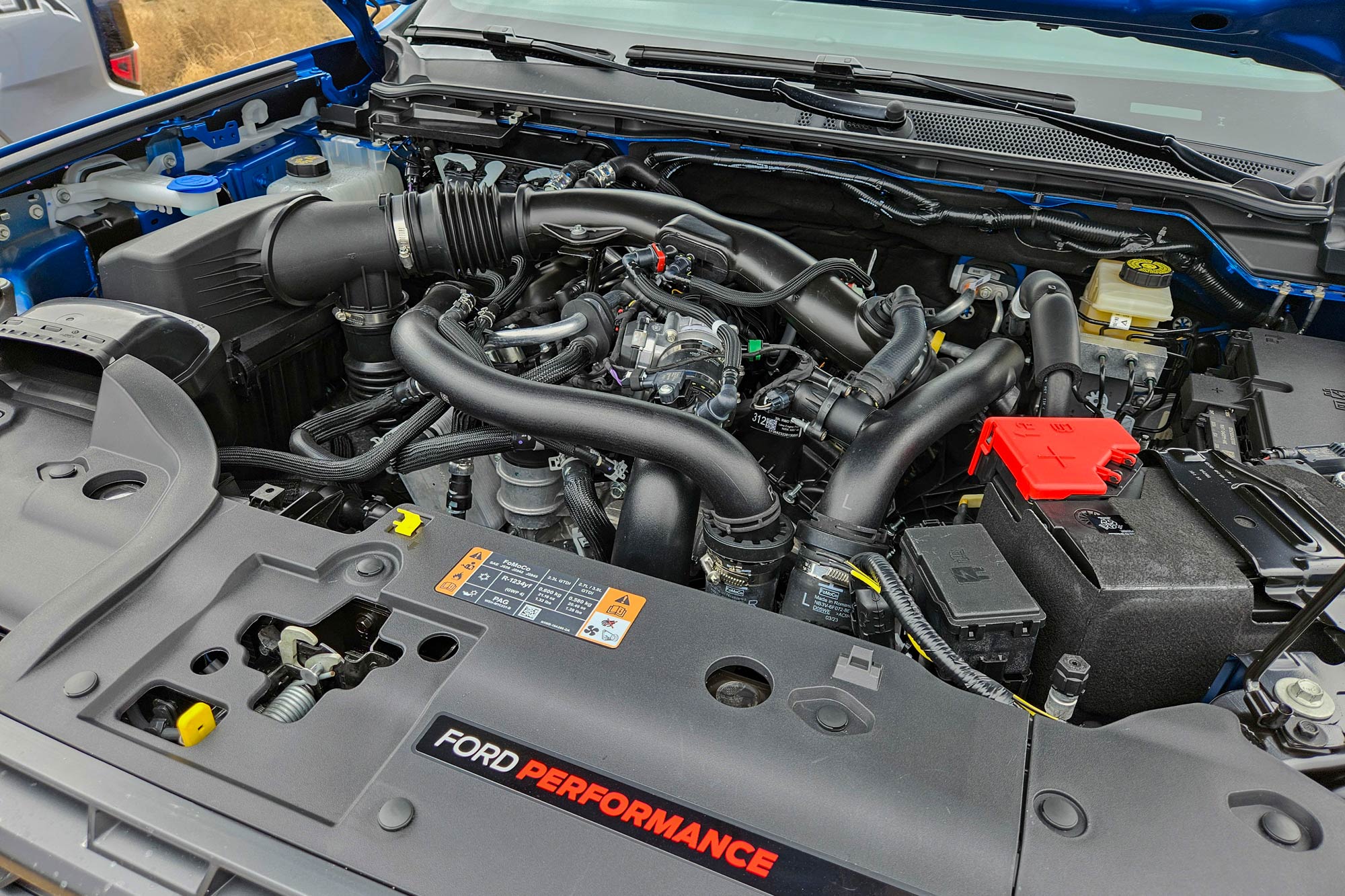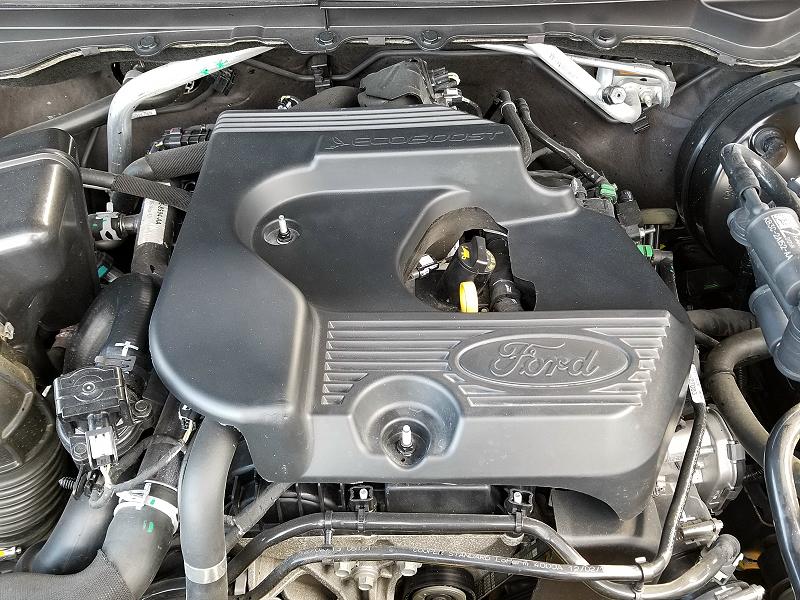How the 2.2 Ford Ranger Engine Delivers Power and Efficiency for Your Truck
Understanding the Fundamentals of Vehicle Engines: Types, functions, and functions

Review of Cars And Truck Engines
An auto engine works as the heart of a vehicle, transforming gas into mechanical power to drive it forward. This detailed system makes up numerous components that work in unison to make sure optimal performance and performance. The fundamental operation of a vehicle engine entails the internal burning procedure, wherein fuel and air are combined, ignited, and expelled to produce power.
The engine's layout can considerably influence its performance, fuel effectiveness, and emissions. Trick components include the cyndrical tube block, pistons, crankshaft, and camshaft, each playing an essential function in the engine's total feature. The cyndrical tube block houses the cyndrical tubes where burning happens, while the pistons transform the eruptive power from combustion right into linear motion. This motion is then transformed into rotational power by the crankshaft, enabling the car's wheels to turn.
In addition to these components, engines typically use different systems such as gas shot, ignition, and cooling down systems to enhance efficiency and durability. Comprehending the fundamental auto mechanics of automobile engines is necessary for identifying problems and doing upkeep, inevitably adding to the car's integrity and performance in time.

Kinds of Vehicle Engines
Car engines can be categorized right into several types based on their design, gas kind, and operational principles. 2.2 ford ranger engine. One of the most usual categories consist of interior combustion engines (ICE), electrical engines, and crossbreed engines
Interior combustion engines, which can be further separated into gasoline and diesel engines, run by igniting a fuel-air blend to create power. Fuel engines are generally lighter and smoother, while diesel motor are a lot more fuel-efficient and offer better torque.
Electric engines use electrical power stored in batteries to power an electrical motor, supplying instant torque and absolutely no discharges during operation. As modern technology breakthroughs, electrical cars (EVs) are significantly ending up being popular for their ecological benefits and reduced running expenses.
Crossbreed engines incorporate components of both interior burning and electric engines, permitting flexible power resources and enhanced gas effectiveness. They can run in different settings, using either the gasoline engine, the electrical motor, or both all at once.
Each type of engine has distinctive advantages and downsides, influencing their application in various car kinds and market segments, from small automobiles to sturdy trucks. Recognizing these types is crucial for making notified decisions pertaining to car selection and efficiency expectations.
Engine Functions Explained
Comprehending engine features is crucial for understanding just how cars run effectively. At the core of any type of internal combustion engine lies the basic process of converting fuel right into power. This procedure begins with the consumption stroke, where air and gas are attracted right into the combustion chamber. Following this, the compression stroke compresses the air-fuel mixture, enhancing its temperature level and pressure.
The ignition occurs next, firing up the blend and producing a fast growth of gases. This website here force drives the piston down during the power stroke, which ultimately translates right into the rotational movement of the crankshaft. The exhaust stroke then expels the invested gases from the chamber, making way for a brand-new cycle to start.
Along with these main features, engines likewise incorporate systems that manage air conditioning and lubrication, ensuring optimum functional temperature levels and reducing rubbing in between moving parts. This intricate interaction of functions enables the engine to generate the power essential for lorry propulsion while keeping effectiveness and reliability. Understanding these functions provides beneficial insight into the complexities of automotive design and boosts the capacity to detect and resolve engine-related issues efficiently.
Key Engine Attributes
Engine style encompasses numerous essential attributes that significantly affect longevity, efficiency, and efficiency. One of one of the most essential elements is the engine arrangement, which includes inline, V-type, and flat styles. Each setup affects the engine's size, power, and equilibrium result, thereby influencing general lorry characteristics.
An additional essential feature is the engine variation, describing the overall quantity of all cyndrical tubes. Larger variations typically yield more power yet may jeopardize gas efficiency. Engine materials likewise play a crucial function; high-strength and lightweight products, such as aluminum and magnesium alloys, enhance performance without adding extreme weight.
The kind of gas injection system employed-- such as multi-port or straight shot-- influences burning performance and exhausts. Turbo charging and turbocharging are features that boost engine performance forcibly added air right into the burning chamber, raising power result without significantly increasing engine size.
Finally, the visibility of advanced engine management systems optimizes fuel-air mixture and ignition timing, adding to smoother operation and better fuel economic climate. Jointly, these attributes specify an engine's abilities, setting the foundation for its performance and longevity in a competitive vehicle landscape.
Maintenance Tips for Engines
Correct engine upkeep is critical for making certain optimum efficiency and long life, as ignoring regular treatment can cause significant issues down the line. To keep your engine properly, begin with regular oil adjustments, generally every 3,000 to 7,500 miles, depending upon the sort of oil used. Fresh oil lubes engine elements, reducing rubbing and wear.
Furthermore, checking coolant degrees is important to prevent getting too hot. Guarantee that the coolant is covered up and is in good problem to maintain effective temperature level regulation. Consistently examine and change air and fuel filters, as clogged filters can prevent airflow and gas delivery, endangering engine efficiency.
Moreover, take note of spark plugs and ignition systems. Used or malfunctioning trigger plugs can result in misfiring and lowered performance. Inspecting the battery terminals and connections for deterioration is also crucial, as a weak battery can affect engine starting.

Verdict
In recap, redirected here a comprehensive understanding of cars and truck engines incorporates numerous kinds, functions, and vital functions that substantially influence vehicle performance. Internal combustion engines, in addition to electric and hybrid alternatives, show varied systems for power conversion. 2.2 ford ranger engine. Recognizing the crucial features, such as intake and exhaust cycles, together with important engine features like configuration and fuel shot systems, outfits cars and truck proprietors see this here with the expertise necessary for effective upkeep and procedure, inevitably improving vehicle longevity and performance
A vehicle engine serves as the heart of a lorry, converting gas into mechanical energy to propel it forward. The essential operation of a vehicle engine entails the internal burning procedure, wherein gas and air are blended, fired up, and expelled to create power.
Consistently inspect and replace air and gas filters, as blocked filters can impede air flow and gas delivery, compromising engine performance. - 2.2 ford ranger engine
In summary, a detailed understanding of car engines incorporates numerous types, functions, and vital attributes that considerably affect vehicle performance. Recognizing the crucial functions, such as consumption and exhaust cycles, along with important engine attributes like arrangement and fuel shot systems, furnishes car owners with the expertise required for effective upkeep and procedure, inevitably enhancing car durability and efficiency.